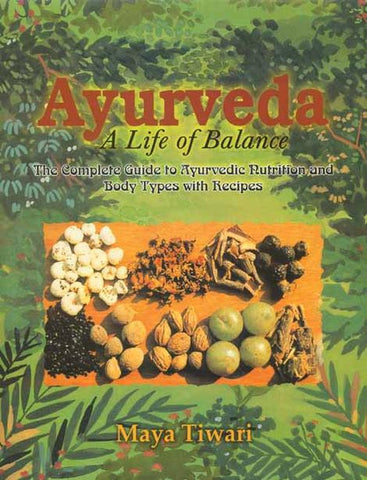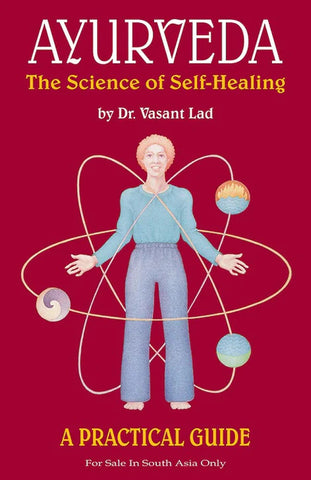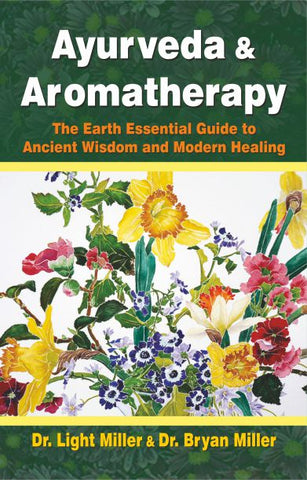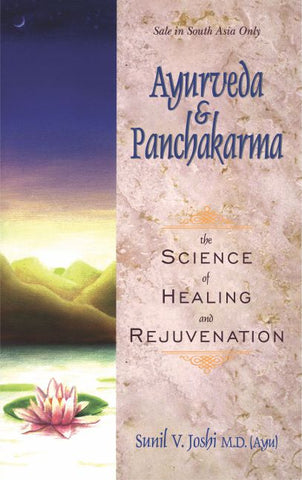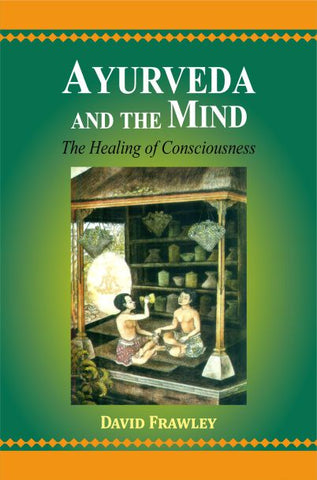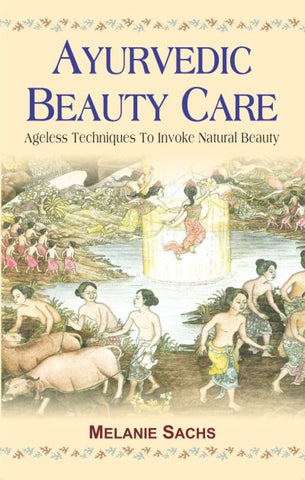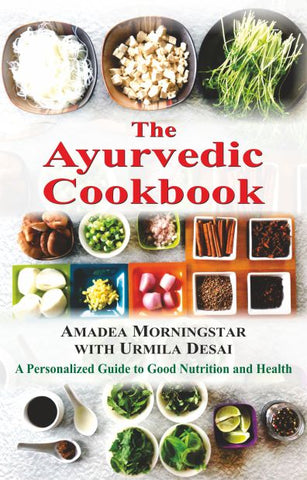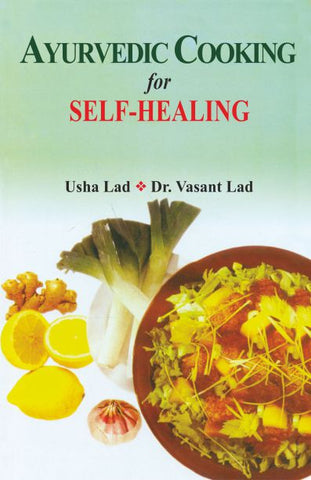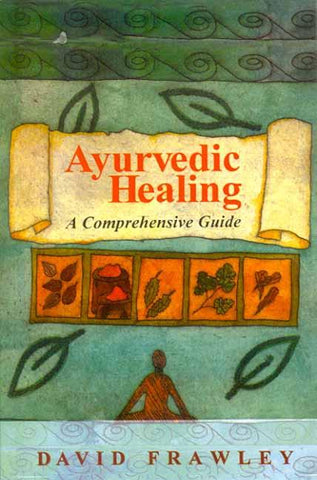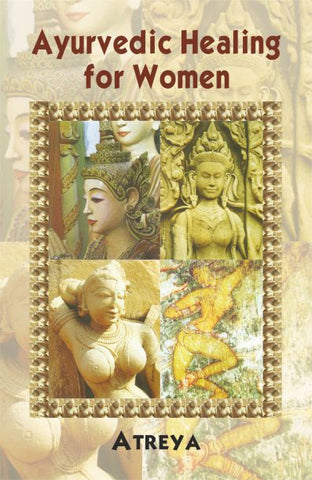Your cart is empty now.
This work was undertaken as part of a doctoral program in psychology and religious studies. It was begun simply as an inquiry into the Tibetan medical psychiatric tradition, but expanded to cover Buddhism as medicine and Tibetan medicine in general when it became clear that an understanding of Tibetan psychiatry necessarily includes all these aspects. In its present form it represents an effort to introduce Tibetan Buddhist medicine and psychiatry within their religious, medical, and historical contexts. As such, it is meant to reflect the unique union of medicine and religion in Buddhism. The major research was done in 1976 and the writing completed in 1977. This edition includes revisions made in 1980. However, since the subject is so vast, since there is so little published material on it, and since I am not a scholar of the Tibetan language, it will contain some errors and must therefore be considered a work in progress. At the urging of friends interested in the topic and in spite of its deficiencies and imperfections, I am publishing it in this form in the hope that it may generate further interest and research in Tibetan Buddhist medicine, a much neglected and very profound subject. It is my sincere wish that future studies will improve on this present one which is, especially regarding Tibetan psychiatry, in the nature of a pioneer study.
I would like to take this opportunity to express my deepest and heartfelt thanks to my guru, His Holiness Dudjom Rinpoche, for giving his blessings to this project, to His Holiness the 16th Gyalwa Karmapa, for first bestowing the initiation of the Medicine Buddha, and to all the gracious lamas who have taught me the holy Dharma. Especially I would like to thank Ven. Tulku Pema Wangyal Rinpoche and Prof. Dr. Lokesh Chandra, M.P., without whose support and encouragement, at the end and beginning respectively, this book would never have come into being, and the following people, all of whom helped in the research, explication, and finalization of the work: Ven. Khyentse Rinpoche, Ven. Dodrup Chen Rinpoche, Ven. Thinley Norbu Rinpoche, Ven. Doboom Tulku Rinpoche, Ven. Ngo-Shul Khen Rinpoche, Ven. Khenpo Palden Sherab, Ven. Yeshe Dorje Rinpoche, Ven. Lama Dodrag Amchi, Ven. Amchi Lama Wangla, Ven. Geshe Jamspal, Ven. Lama Sonam Topgyal, Ven. Lama Namdrol Gyatso, Ven. Lodro Thaye, Anila Yangchen-la and her sister Choskyi-la, Dr. Ama Lobsang, Dr. Pema Dorje, E. Gene Smith, Gyurmed Dorje, John Canti, M.B., B. Chir., Dr. Vaidya Bhagwan Dash, Jigme Tsarong, Philip Romero, M.D., Glenn H. Mullin Jared Rhoton, Ph.D., Arthur Mandelbaum, Bettyann Lopate, Daniel Goleman, Ph.D., Jonathan Kane, M.D., Edwin Bokert, Ph.D., Mary Newman, Ph.D., Edward Henning, Rick Fields, Jim Battaglino, and many friends at Chanteloube. Finally, my thanks go to Donald Weiser and to everyone who crafted the manuscript into a book.
Ever since Terry Clifford walked into my study to look through nerved xylographs in Tibetan and to consult works on Tibetan medicine in English, some of them going back to 1835 and as rare as stars in the day, she has impressed me by her dedication. Her resolve to understand the uncharted riches of Tibet's medical lore, and her hard work over the years has borne fruit in the present book-a lucid exposition of the subject which is so fluent, so simple, that Tibetan medicine can become the property of every person. She has specifically chosen to translate the psychiatric chapters of the Four Tantras or Gyu-zhi to widen our perceptions from ethnopsychiatry, and has tried to correlate the Tibetan expressions with modern psychiatric disturbances. In her concluding remarks she rightly suggests, "So may the inspiration and insight of Tibetan medicine find new expression in yet unimagined ways." The Diamond Healing will usher in a new understanding of ludo-Tibetan medicine.
It summons its intrepid readers to explore further shores of this transcendent system, which is a holistic approach viewing the individual as a healthy being in body and mind while disease indicates a disturbance of this homeostasis. Tibetan medicine treats the individual as a whole in which the physical and trans-physical faculties combat the disequilibrium of his total being. Contemporary science has gone a long way to establish that the universe is non-material, matter is energy, space is real and processes are as valid as facts, and that the principle of complementarity validates the subjective content of human experience. The Diamond Healing illuminates the living order of Tibetan wisdom to bring a universal frame of reference to replace the broken image of mechanical notions of the 19th century. Tibetan medicine is a confluent trinity of the Indic, Hellenic and Sinic traditions of medicine wherein the spatial tangents have met and harmonized. The Buddhist oikumene provides Tibetan medicine a cosmo-the-andric vision in which the center is neither in the cosmos, nor in the divine (theos), nor in man (andros). It is a center to be found in the intersection of the three. Terry Clifford seeks to inject a transcreative trinity of time into the study of Tibetan medicine, interpreting the legacy of the past in the language of today to give birth to new qualitative parameters for medical science in the future.
The medical lore of Tibet is primarily based on the Ayurveda of India. Seventeen Sanskrit texts were translated into Tibetan and they cover six huge tomes of the Tanjur, the collection of Tibetan canonical classics which have enjoyed the devotion of the pious and the dedication of learned minds of the Land of Snows for a millenium. In all they contain over four thousand imposing pages of classical learning that await adventurous minds ready to explore their riches. The earliest Indian medical text to be rendered into Tibetan seems to be the Gyuzhi or Four Tantras by Chandranandana. Translated in the eighth century, it has been the fundamental classic ever since, used in medical practice and commented upon century after century.
The Regent of the Fifth Dalai Lama, Sangye Gyatso, wrote an extensive commentary on this text in the 17th century which has overshadowed all its predecessors in its comprehensiveness and clarity of understanding. The most prolific translator of Indic texts on medicine was the untiring Rinchen Zangpo who lived from 958 to 1055 A.D.In collaboration with Jalandhara of India, he translated the Ashtanga. hridaya of Vagbhata and its commentary by Chandranandana. He was also responsible for the Tibetan translation of a veritable encyclopedia of veterinary science: the principles of horse medicine (hippiatry). In the 13th century Ratnashri (1228-1308 A.D.) translated Sanskrit texts on alchemy into Tibetan with the help of a yogin and scholars. The original Sanskrit texts are lost, and their Tibetan versions are unique works on tonic elixirs of broad spectrum used to restore the organism to health. Dharmapala, the great translator of Zhalu, is well known as the systematizer of grammatical literature in Tibet. He lived from 1441 to 1528 A.D. He translated the Treasury of Roots, a compendium of grand remedies by the famous Nagarjuna. It is a formulary of roots (accompanied by mantras) for the treatment of nervous and cutaneous disorders, fevers, eye and other diseases. It is also a precious work on psychosomatic treatments. The great Fifth Dalai Lama, Lobsang Gyatso (1617-1682 A.D.) was the most outstanding statesman and foremost writer of Tibet.
He enriched his country with historical works, liturgical treatises, handbooks on propitiatory methods of various deities, compendious works on metaphysics, subtle commentaries on the summa of Buddhism, works on metrics, rhetorics, literary criticism, stylistics, and medicine. He embellished his land with temples and monasteries with funds flowing from the zeal and piety of the Mongolian nobles who flocked to Lhasa loaded with gifts. The Fifth Dalai Lama renewed the tradition of inviting Indian pandits to Tibet, and they inspired fresh interest in the translation of secular disciplines such as the medical sciences. The court physician of the Fifth Dalai Lama, Dharmo Manrampa, had the biography of the famous Tibetan doctors Yuthog Senior and Junior engraved on woodblocks for printing. He, along with others, commissioned the translation of new Sanskrit medical texts into Tibetan from Hdar.
They collated extracts from the works of ten celebrated physicians of India on etiology, hygiene, opium and alum therapy, medico-tantric formulas, series of magic diagrams, and diverse pathologic considerations; it is a sprawling amalgam of disparate components based on practical experience which was completed at the Potala Palace in 1644 A.D. Their second work is on the methods of treatment of Doctor Danadasa; it is accompanied by seventy-two esoteric medical chakras. The third treatise, a medico-alchemical compilation done with the assistance of Doctor Raghunatha from Mathura (near Delhi), includes procedures for the preparation of metallic remedies.
Delivery and Shipping Policy
- INTERNATIONAL SHIPPING
- Rs.1000-1100/kg
- ESTD. Delivery Time: 2-3 weeks (depending on location)
- Bubble Wrapped with Extra Padding
- NATIONAL SHIPPING
- NCR: Rs. 30/half kg
- Standard: Rs. 80/half kg
- Express shipments also available on Request
- ESTD. Delivery Time: Ranging from 1-4 days up to 7 business days (Depending on your choice of Delivery)
- TRACKING
- All orders; national or international, will be provided with a Tracking ID to check the status of their respective orders
- Depending on the Shipping Service, Tracking ID may be used on their respective tracking portals
Frequently Asked Questions (FAQs)
Domestic Shipping: 3-4 Days (after shipping)
International Shipping: 1-2 weeks (based on your location)
You will receive an email once your order has been shipped or you can email us if you didn't receive tracking details (info@mlbd.co.in)
Every book that we sell is the latest edition except all the rare books
Yes, we do provide free shipping, only on domestic orders (within India) above Rs.1500









